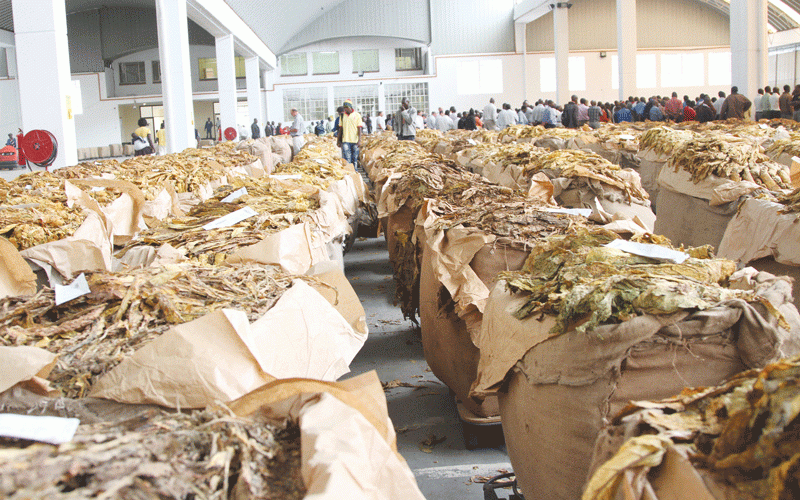
THE Tobacco Industry and Marketing Board (TIMB) says it is on a drive to push value addition into cigarettes to 30% from the current 2% to generate more revenue for the economy.
Vice-President Constantino Chiwenga last year revealed that Zimbabwe exports 98% of its tobacco in raw form, thus realising a paltry US$1 billion out of a possible US$15 billion that the golden leaf would potentially fetch on the global market.
Speaking at the inaugural World Tobacco Africa Expo and Conference in Harare on Wednesday, TIMB chairperson Patrick Devenish said value-addition remains key to the tobacco industry.
“TIMB has also initiated Global GAP Consultancy to support the production of export oriented alternative crops to tobacco. The initiative is meant to make the consultancy services reachable to our farmers in terms of cost and availability,” he said.
“Currently, tobacco value addition into cigarettes is at 2% of production as we work towards attaining 30%. I am pleased to announce the work being done by Cut Rag Processors to expand our cigarette manufacturing capacity.
“The new factory will see a jump of more than 40% of cigarette production. Besides smoking tobacco products like cigarettes, opportunities exist in the new generation of tobacco products like e-cigarettes, vaping, nicotine pouches and shisha which are gaining popularity globally.”
Devenish said collaboration was key to collective success.
He said the tobacco industry was undergoing transformations, driven by changing consumer preferences, evolving regulatory frameworks, and increasing demands for sustainable practices.
- Mlalazi chronicles his rags-to-riches story
- Mlalazi returns to roots with a free concert
- MP ropes in church in anti-drug fight
- TSL profits slow as costs escalate
Keep Reading
“It is imperative that we adapt and evolve to meet these challenges. As we all know, the tobacco industry has a significant environmental footprint, from land use for cultivation to the carbon emissions resulting from processing and transportation,” he said.
“It is crucial that we address these challenges by promoting sustainable farming practices, reducing water usage, implementing energy-efficient technologies, and exploring alternatives to traditional curing methods.
“By mitigating our environmental impact, we can contribute to the preservation of natural resources and ecosystems. I commend the Zimbabwe tobacco industry for coming up with innovative solutions to address sustainability challenges within our sector.”
One such initiative is gas curing technology where trials were successfully run on liquefied petroleum gas in March this year at Kutsaga Research Station.
“We are anticipating biogas trials in the forthcoming season. This is a huge milestone, and, if financially viable, will go a long way in addressing deforestation and reducing our carbon footprint,” he said.
Agriculture minister Anxious Masuka said Zimbabwe is the lead producer of virginia in Africa.
The country produced 296 million kilogrammes of tobacco last year.
The traded tobacco products value in the world was US$912 billion in 2023, with 89% being cigarettes. The minister said growth in the global tobacco trade will be sustained and by 2028, the industry should be worth US$1 trillion dollars.
“Africa must aim to get a fair share of this growth,” Masuka said.






